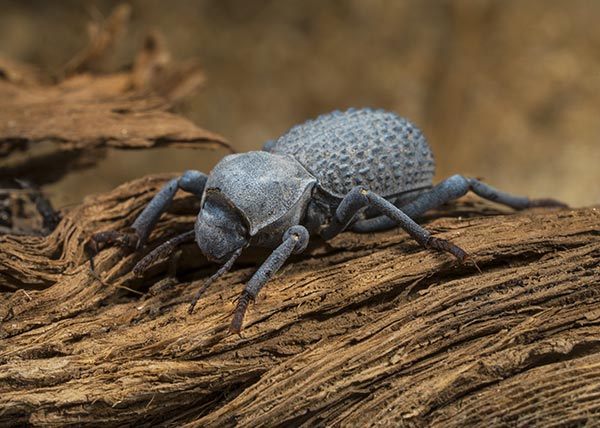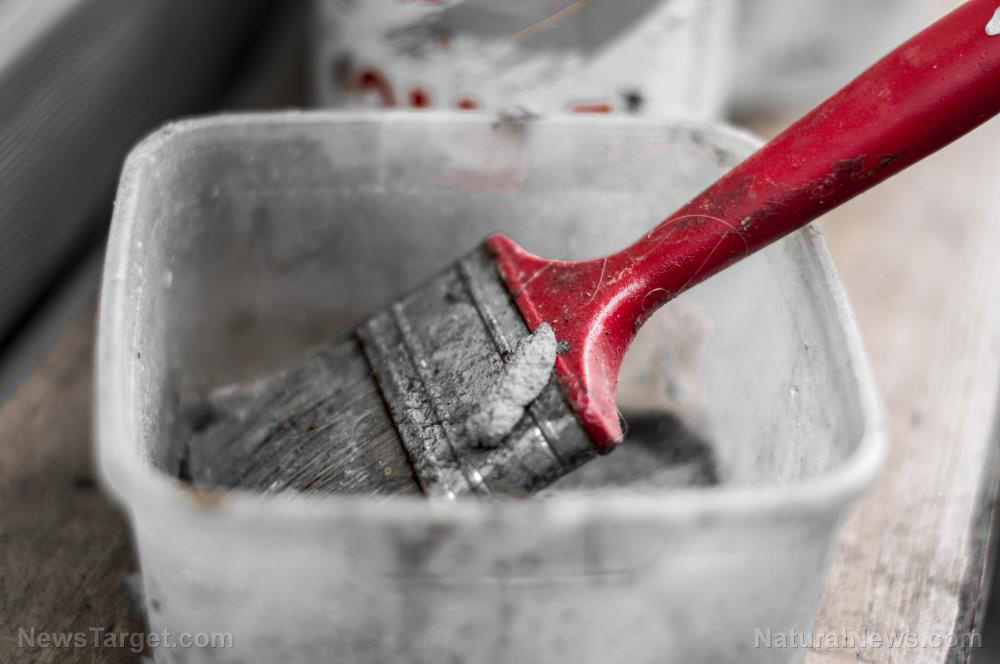Scientists reveal secret behind the diabolical ironclad beetle’s uncrushable armor
11/03/2020 / By Divina Ramirez

The diabolical ironclad beetle (Phloeodes diabolicus) is one tough insect. Thanks to its almost indestructible body armor, this beetle can get stomped on or run over by a car and live to tell the tale. Now, scientists know what makes the diabolical ironclad beetle so “uncrushable.”
In a paper published in the journal Nature, researchers found that the diabolical ironclad beetle has a set of hardened forewings that help protect it from predators. In fact, these forewings are so strong that the beetle can even survive being pecked to death by hungry birds.
Like other species of flightless beetles, the diabolical ironclad beetle’s forewings are fused together, creating what looks like armor. Upon close inspection of this armor, the researchers found a series of interlocking, jigsaw-shaped joints within the beetle’s exoskeleton, as well as zipper-like connective ridges.
Compression tests on the beetle showed that these features allow it to survive loads of up to 39,000 times its own weight. “We were impressed,” said co-author David Kisailus, a professor at the University of California, Irvine who specializes in biomimetics.
The science behind the beetle’s tank-like build
The diabolical ironclad beetle is an oak-dwelling species found in Mexico and the West Coast. It lives under the bark of hardwood and coniferous trees or beneath rocks. It has one of the toughest exoskeletons among all known insects.
Scientists first heard of the beetle’s tough armor when insect collectors tried to mount specimens of the beetle with standard steel pins. The steel pins would bend and snap but still fail to pierce through the beetle’s armor.
In 2015, the researchers tested the beetle’s armor for themselves by driving over a diabolical ironclad beetle in a parking lot. It was still alive after one pass but feigned death, a defense mechanism it is known to use.
The ironclad is a terrestrial beetle, so it is neither lightweight nor fast. Instead, it is built like a tank, explained Kisailus. To study these tanks, Kisailus and his colleagues captured beetles and looked at them under electron microscopes. They also studied three-dimensional models and computer simulations of the beetle’s armor.
Within the beetle’s tank-like build, two microscopic features enable it to withstand crushing forces. The first is a series of ridges connecting the top and bottom halves of its exoskeleton. “You can imagine the beetle’s exoskeleton almost like two halves of a clamshell sitting on top of each other,” Kisailus said.
But the form and function of these ridges are not consistent throughout the beetle’s body. For example, ridges near the beetle’s vital organs are highly interconnected, almost resembling a zipper. The connections themselves are so stiff and can resist bending under pressure to protect the organs.
Meanwhile, the ridges near the back of the beetle are more flexible. Their connections are not as interlocked as those guarding the beetle’s organs. This allows the two halves of the exoskeleton to slide past each other, which helps the beetle absorb compression and distribute stress throughout its body.
The second important microscopic feature of the beetle’s tank-like build is a suture that runs down the length of the beetle’s back. It connects the left and right halves of the beetle together like jigsaw pieces. This suture also has a series of damage-resistant protrusions called blades, which fit together to join the two halves.
Proteins bind the blades together. When the beetle is “squashed,” cracks form within the protein glue in between each blade. The cracks, which can be repaired, allow the blades to absorb compression without breaking. Combined, these mechanisms protect the beetle from predators.
To test the potential of this structure as a means of joining different materials like plastic and metal, the team made a series of joints from metal and composites based on those seen in the beetle. The biomimetic design appeared to enhance the strength and toughness of the materials used better than standard joint designs.
Overall, these findings could inform experts on how to build tougher materials and structures in engineering and aeronautics. (Related: Scientists develop new insulation material inspired by polar bears.)
Read more articles about animals and their amazing biology at Ecology.news.
Sources include:
Tagged Under: breakthrough, diabolical ironclad beetle, discoveries, Ecology, environment, insects, research
RECENT NEWS & ARTICLES
COPYRIGHT © 2017 REAL SCIENCE NEWS



















